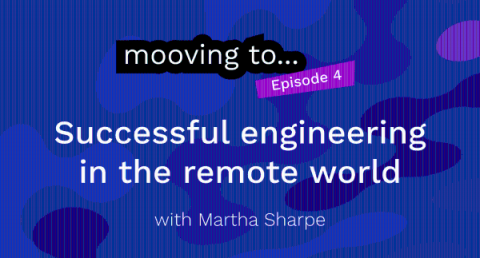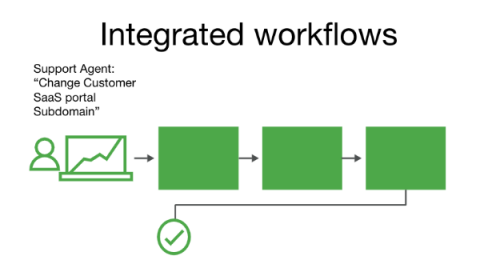Operations | Monitoring | ITSM | DevOps | Cloud
Incident Management
The latest News and Information on Incident Management, On-Call, Incident Response and related technologies.
How to use PagerDuty with Blameless
Episode 4: Mooving to... Successful Engineering in the Remote World
Episode 4, Mooving to… Successful Engineering in the Remote World offers a unique perspective on work-life balance and expectations.
Making Go errors play nice with Sentry
Here at incident.io, we provide a Slack-based incident response tool. The product is powered by a monolithic Go backend service, serving an API that powers Slack interactions, serves an API for our web dashboard, and runs background jobs that help run our customers incidents. Incidents are high-stakes, and we want to know when something has gone wrong. One of the tools we use is Sentry, which is where our Go backend send its errors.
Four Use Cases for Optimizing Your Cloud Operations With PagerDuty Runbook Automation
The cloud is easy and powerful—until it’s not. Once companies have customers, commitments, and compliance concerns, they often have to create cloud operations teams to manage the cloud on behalf of their fellow employees. Often, organizations that migrate to the cloud find themselves hampered by inefficient cloud operations if they haven’t standardized their IT procedures for operability.
Nobl9 integration with PagerDuty
Prefect integration with PagerDuty
Keep Stakeholders Informed During Major Incidents
During major incidents, it’s crucial that all stakeholders are provided with the status updates they need. Those communications however need to be tailored to what the stakeholder actually needs, and provided in a streamlined format that works best for them. Just like alert fatigue, communication fatigue can be detrimental during an outage or other service reliability issue.
April 2022 Update - Signl categories and duty scheduler improvements
With our April update, we ship some great improvements for Signl categories, category-based alerting and duty scheduling. All details are available in this blog article.
What BigPanda's recent funding means for our customers
The effects of BigPanda’s most recent round of funding—amounting to $190 million—will be reverberating throughout the company for years to come. And it’s not just BigPanda employees who have experienced a surge of enthusiasm in the wake of our Unicorn status. Our customers are thrilled at the prospect of more innovation from our team and new products that help them automate and evolve.











